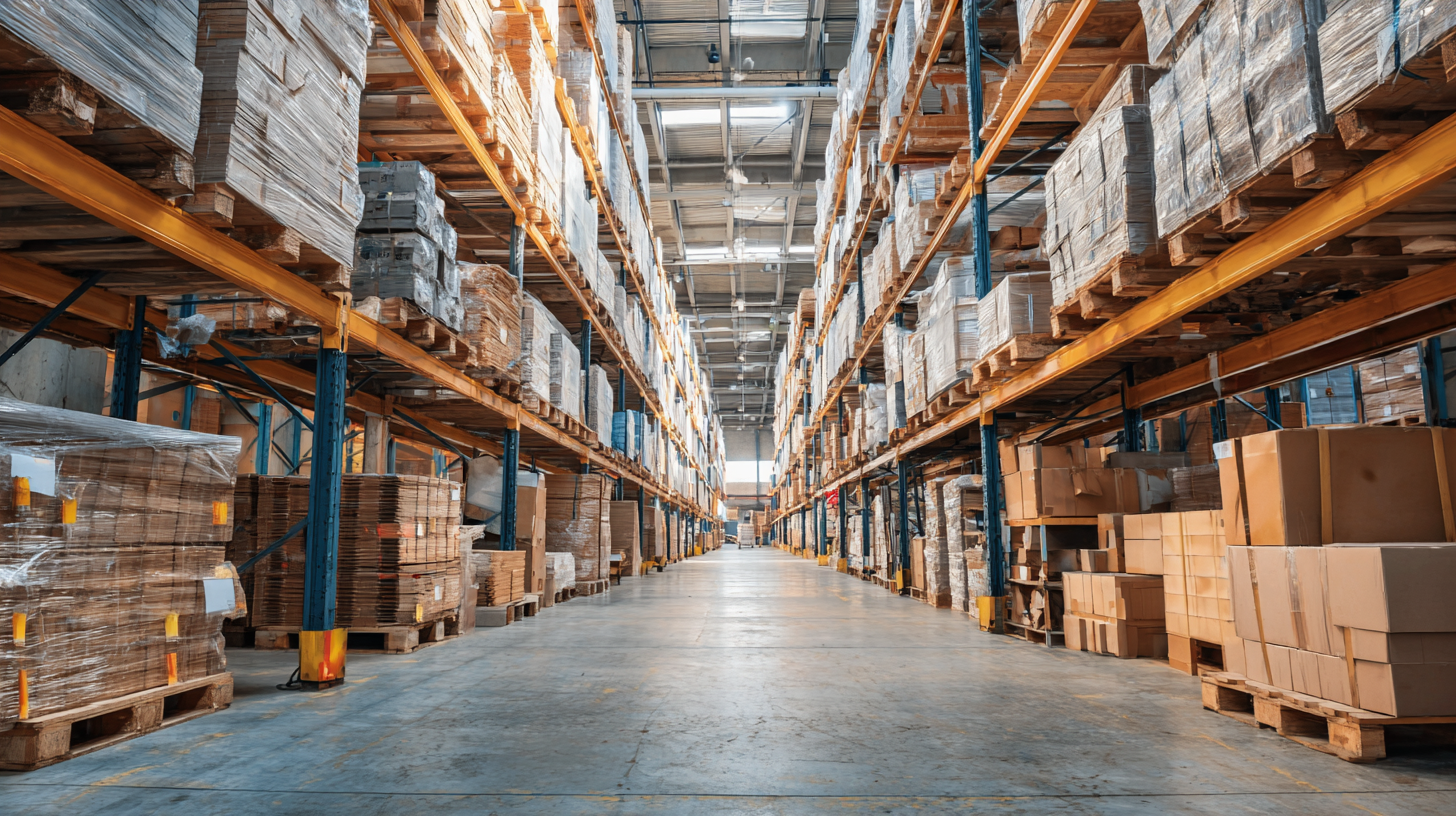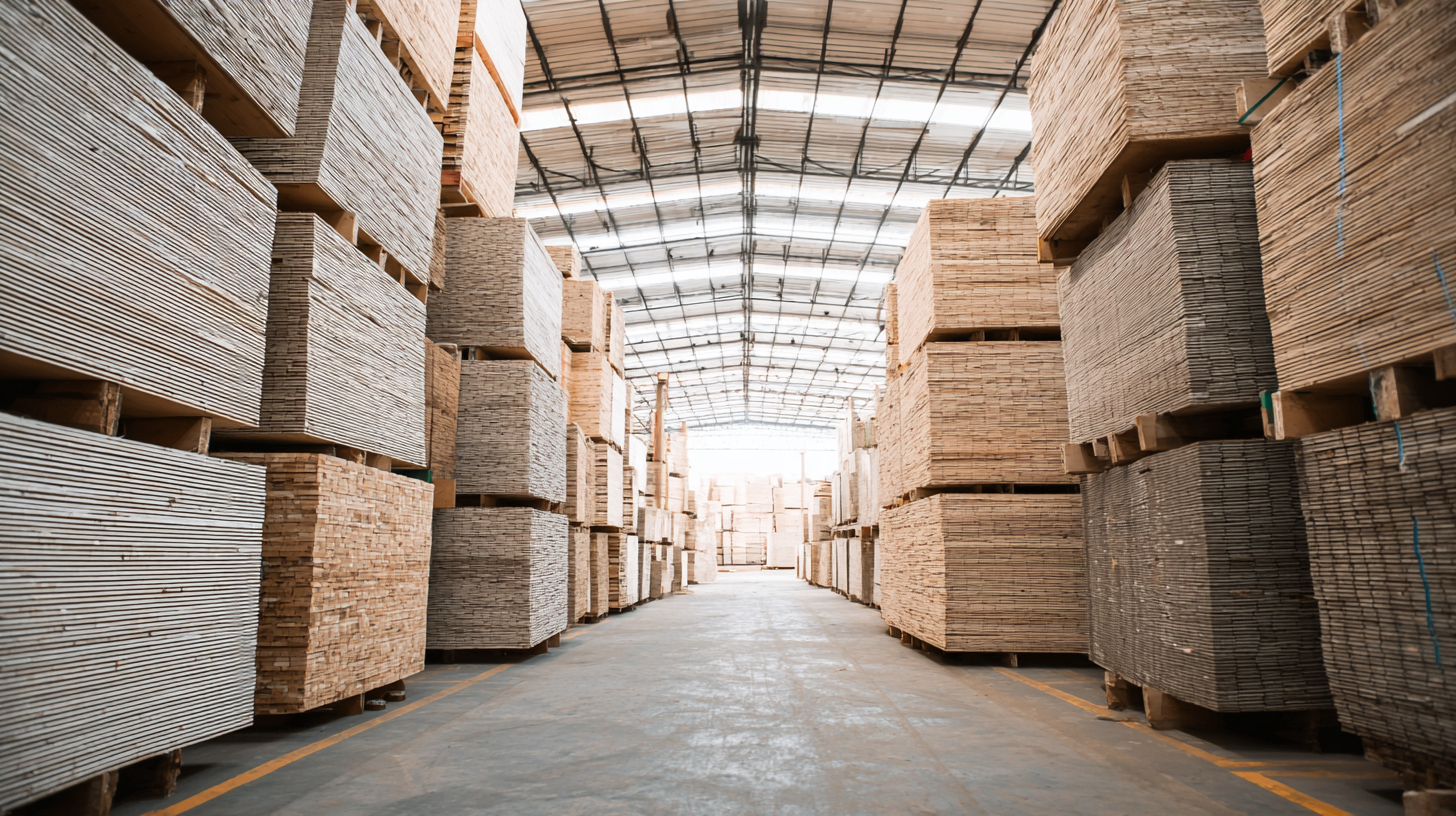In the ever-evolving construction industry, the demand for high-quality materials such as Concrete Plywood has surged globally, particularly as builders seek durable and cost-effective solutions. According to a recent report by MarketsandMarkets, the global plywood market is expected to reach USD 90.21 billion by 2025, with a significant segment attributed to concrete-forming applications. Chinese manufacturers, renowned for their ability to produce a wide range of engineered wood products, are increasingly enhancing their quality standards to meet international demands. However, global buyers often face common challenges when sourcing the best Concrete Plywood, including variations in product quality, compliance with international regulations, and ensuring consistent supply chains. This blog will explore these challenges in detail, emphasizing the advancements in Chinese manufacturing and its implications for global commerce in the plywood industry.

When sourcing concrete plywood, understanding quality standards is crucial for global buyers. Quality standards ensure that the materials meet specific performance criteria, which is imperative in construction and industrial applications. High-quality concrete plywood not only guarantees durability and longevity but also enhances structural integrity. Without adherence to established standards, buyers risk procuring inferior products that may lead to project delays and increased costs due to failures or rework.

Moreover, awareness of these quality benchmarks helps buyers make informed decisions while navigating the competitive global market. Certifications and compliance with international standards, such as ISO or ASTM, can serve as indicators of a supplier's credibility. Buyers should also consider factors such as moisture resistance, load-bearing capacity, and environmental impact, as these play significant roles in determining the overall performance of concrete plywood. Engaging with suppliers who prioritize quality ensures that global buyers can achieve successful outcomes in their construction projects, while maintaining safety and efficiency.
When sourcing the best concrete plywood, global buyers face a series of challenges, particularly when comparing various suppliers. One of the critical factors to consider is the sustainability of materials. Recent studies indicate that mass timber, particularly cross-laminated timber (CLT), offers superior performance over traditional concrete and steel in many applications. For instance, the embodied carbon emissions from construction materials are a key consideration, with mass timber significantly reducing carbon footprints compared to their concrete counterparts. A residential building case study highlighted that transitioning to mass timber could lower embodied carbon by up to 30% compared to typical concrete structures.
Furthermore, buyers should evaluate the innovative approaches some suppliers are taking in construction. By incorporating CLT into their designs, certain companies are not only enhancing sustainability but also improving the overall structural performance. Microsoft’s recent initiative to construct datacenters using wood as a primary material demonstrates a commitment to reducing carbon emissions effectively. This trend signifies a possible shift in the industry standards, urging suppliers of concrete plywood to adopt more environmentally friendly practices or risk losing market share to those who prioritize sustainability. As buyers navigate these options, understanding the benefits and comparing the sustainability scores of different suppliers will be instrumental in making informed decisions.
When sourcing concrete plywood for international markets, buyers frequently encounter several common pitfalls that can complicate the procurement process. One major challenge is the lack of understanding of local regulations and compliance standards in the destination country. Different countries may have varying requirements for product specifications, quality standards, and import certifications. Failing to conduct thorough research on these regulations can lead to delays in shipping, costly modifications, or, in some cases, the rejection of the shipment altogether.
Another pitfall is choosing suppliers solely based on price without considering the quality and reliability of the product. While it might be tempting to opt for the cheapest option, lower quality plywood can result in structural failures, increased project costs, and negative impacts on reputation. International buyers should prioritize suppliers with a proven track record, transparency in their manufacturing processes, and robust quality assurance mechanisms. Establishing long-term relationships with reliable suppliers can help mitigate risks and ensure consistency in product performance.
When sourcing concrete plywood, global buyers often grapple with the delicate balance between price and quality. Reports from the International Concrete Association show that as global demand for concrete products rises—projected to increase by over 5% annually through 2025—buyers must remain astute in their procurement strategies. The right plywood plays a crucial role in the structural integrity of concrete applications, making quality a central consideration. However, a report by Market Research Future indicated that the price of concrete plywood can vary significantly based on quality, with premium products costing up to 30% more than standard options.
Evaluating the trade-off between cost and quality requires a deep understanding of material specifications. According to a study by the Wood Products Council, higher-grade plywood typically features superior waterproofing and durability properties, leading to lower maintenance costs in the long run. While lower-priced concrete plywood may seem attractive initially, it can result in increased expenses due to repairs or replacements over time. Thus, buyers are encouraged to conduct thorough assessments and prioritize quality to ensure long-term project success, aligning with expert recommendations that advocate for a holistic view of both immediate and lifetime costs.

Navigating the complex landscape of regulations and compliance is a daunting challenge for global buyers of concrete plywood. A report by the International Concrete Plywood Association notes that compliance with local building codes and environmental regulations can vary significantly from one country to another, leading to potential pitfalls for buyers unfamiliar with these requirements.
For instance, in the European Union, new sustainability directives require manufacturers to adhere to stringent environmental standards, presenting hurdles for non-compliant imports. Failing to understand these regulatory requirements can not only delay projects but also impose costly fines.
Moreover, obtaining clear and accurate documentation is crucial. According to a recent market analysis, over 30% of international buyers reported issues related to inconsistent product documentation, which often leads to regulatory scrutiny. This highlights the importance of verifying the integrity of the supply chain and ensuring that products meet all necessary certifications, such as CE marking in Europe or ANSI standards in the U.S. As the demand for concrete plywood surges globally, understanding and navigating these compliance challenges will be essential for buyers aiming to maintain project timelines and uphold quality standards.
